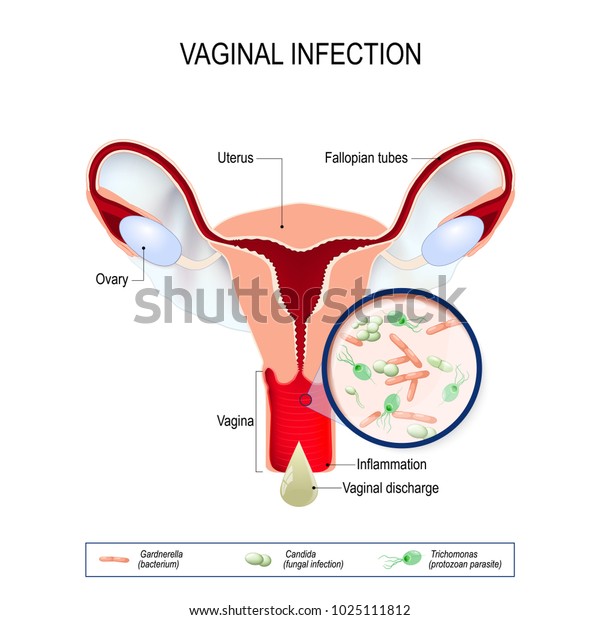Lab 10-Disorder of the female reproductive system: Vulvovaginitis-Alanna DeGroot
What is vulvovaginitis?
Vulvovaginitis is when there is an inflammation and/or infection in the vulva and vagina. It is a common infection that can happen to a woman at any age. It is more commonly called vaginitis or vulvitis depending on whether the infection is in the vulva or the vagina. Vulvovaginitis is generally caused by bacteria or yeast and according to the CDC affects 30% of women in the US and is the most common female reproductive issue.
Causes of vulvovaginitis:
Bacteria
Ex: Gardnarella
Viruses
Ex: Human papilloma virus (HPV)
Parasites
Ex: Scabies
Yeast
Ex: Candida albicans
Environmental factors
Ex: unhygienic practices
STI's
Ex: Trichanomiasis
Allergic reaction and/or chemical irritant
Ex: sodium sulfate
Symptoms of vulvovaginitis:
The symptoms a person would experience depends on what the root cause of the vulvovaginitis is. Each cause can have multiple symptoms and it can also vary based on how bad the infection has gotten. The symptoms include the following:
Inflammation
Burning- all the time but usually when urinating
Itching
Abnormal discharge- may be thick, white, yellow
Strong odor

Treatments:
There are many different way to treat vulvovaginitis. Options include over the counter medications and creams a person could us at home. For more serious cases or depending on the infection a person would need to see a doctor to for antibiotics or stronger creams/ointments. These treatments and remedies should always be used alongside good hygiene practices, wearing loose fitting clothing, and cotton underwear. Try to avoid scented products when cleaning the vaginal area as this could cause irritation, especially avoid if having any sort of infection.
OTC Home Remedies:
Suppositories
Topical ointments/creams
Tea tree oil
Sitz baths
Coconut oil
Prescribed Treatments:
Antibiotic creams/ointments
Antifungal creams/ointments
Antibacterial creams/ointments
Oral antibiotics
Antifungal pills taken orally
Antihistamine
Estrogen cream
References:
https://www.healthline.com/health/vulvovaginitis#outlook
https://www.dreamstime.com/illustration/vulvovaginitis.html
Comments (0)
You don't have permission to comment on this page.